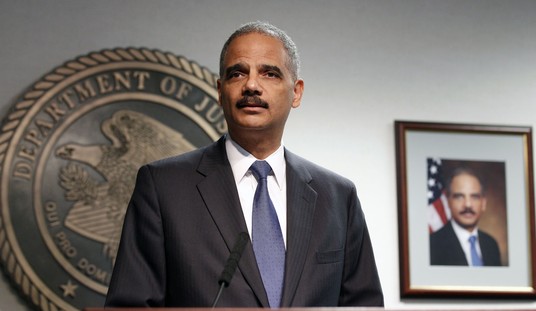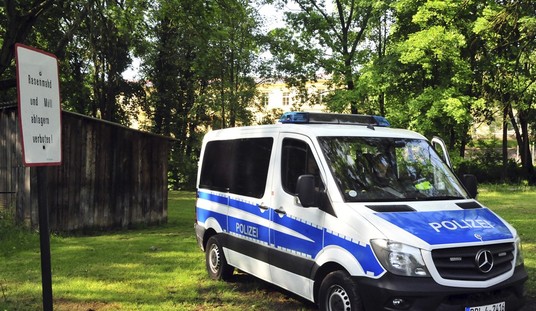As of this writing, eleven climbers have perished attempting to summit Mount Everest during this season. Much attention has been focused on the “traffic jam” of climbers near the peak, stuck waiting for hours inside the “death zone” for their chance to reach the top of the world. As the body count rises, critics have begun asking what, if anything, can be done about this. One of the more common suggestions is to have the government of Nepal issue fewer permits so it won’t be as crowded up there. But Nepal’s leaders have responded, saying they don’t plan to do that. (NPR)
Nepal’s tourism board is defending the number of permits it issued to climb Mount Everest for this season in which 11 people have died. And the country says it has no plans to restrict the number of permits issued next year, but rather that it hopes to attract still more tourists and climbers.
“There has been concern about the number of climbers on Mount Everest, but it is not because of the traffic jam that there were casualties,” Mohan Krishna Sapkota, secretary at the country’s Ministry of Tourism and Civil Aviation, told The Associated Press. He instead pointed to weather conditions, insufficient oxygen supplies and equipment.
“In the next season, we will work to have double rope in the area below the summit so there is better management of the flow of climbers,” he told the news service.
For some disclosure right up front, I’m not a mountain climber. I’ve never attempted the sport. But I’ve always found it fascinating and taken in a lot of books and documentaries about it. With that out of the way, let’s identify the real questions that need to be addressed here.
First of all, is there even a “problem” to be solved? Eleven people have died so far this year and that’s a tragedy. But the fact is that people die trying to climb Everest on a constant basis. More than 300 have died trying it since 1922. There hasn’t been one year since 1977 when somebody hasn’t died trying to climb that mountain. And there were plenty of years when significantly more than eleven died.
The top section of the mountain is literally referred to as “the death zone.” Once you are up there, your body begins going through significant changes in how you process oxygen, liquids, food and all the rest. And while it’s probably rude to discuss it in polite company, those changes are literally the process of you dying from altitude sickness. You have a limited amount of time to get back down to useful, breathable air or you will expire.
People make the choice to attempt this feat and they do so at their own risk. The problem is that popular media attention has drawn more and more people to try it even if they are grossly unqualified to do so. Some of them seem to view Everest as more of really exotic Disney ride than an actual death trap. Why is it the government of Nepal’s responsibility to stop them?
If anyone is going to take action it should probably be the Sherpas and the “adventure companies” who take climbers up. If they decided to limit the number of climbers they are willing to take each season, perhaps by holding a lottery for tickets, maybe that would cut down on the traffic. And at least that would be a decision made by the people actually doing it. But they still couldn’t stop some random idiot from applying for a permit and trying it on their own.
So with all that said, we should probably stop sounding the alarm and trying to “solve this problem.” You’re not trying to save people from the mountain. You’re trying to save them from themselves, whether it’s a case of foolishness or an unquenchable adventurous spirit. I think the best we can do is make sure that each of them is reminded that this is not a game. And if you go up there, you might not come back.








Join the conversation as a VIP Member